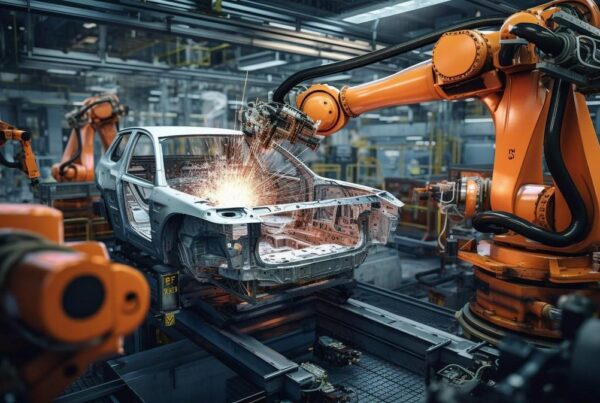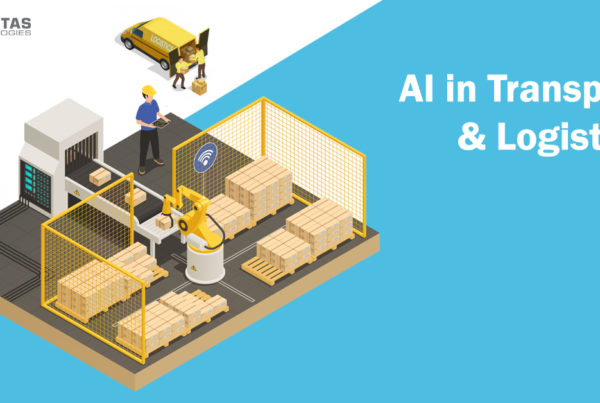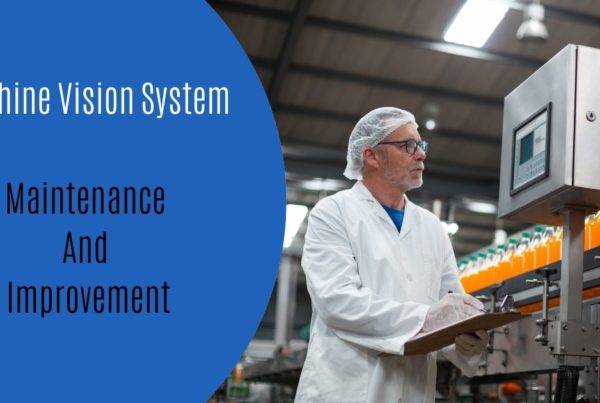
In the manufacturing industry, inspection and quality testing are integral steps of production. Good quality products not only create a brand name for a manufacturing company but also create a certain safety standard when products like gears or PCB parts are involved. Manufacturing is a high-demand space and the employees working for inspections and testing must perform these tasks very quickly. The necessity to maintain speed and accuracy in the manufacturing process is a challenge. Lately, automation has taken over such inspection processes. Various AI models like machine vision have taken over the job to inspect and test a product for quality
What is the role of inspection and testing to maintain product quality?
Inspection and testing determine the quality level of products. It ensures that the manufacturing process is working as expected. It uncovers defects in the products which help management decide whether to allow or deny the release of such products. The methods of inspection and testing ensure that there is standardization, uniformity, and quality of workmanship in the manufactured products. They control quality, reduce rejection losses, reduce manufacturing costs, and find the reason for the production of defective products. Inspection and testing are done before, after, and during the manufacturing process so that at every stage, the same level of quality control can be maintained as per the specifications and standards. For effective testing and inspecting, employees have to be provided with adequate resources. They must also be well trained in their jobs and have access to all the powers required to perform their jobs properly. The most important aspect of this job is the complete knowledge of standards and specifications relevant to the product being inspected. The time needed for such thorough inspections must also be taken into account or automation should be provided when time constraints are present.
What are the things to look for post-inspection?
ERP –
ERP or Enterprise Resource Planning integrates all aspects of business-like operations, monitoring, inspections, etc. by maintaining a single database for all such purposes. A complete ERP-driven approach enables all the data to be available in a centralized location and accessible to all operators. Having ERP can play a crucial role in post-processing. After certain defects have been found in products or certain products have been rejected due to non-conformation of standards, the ERP will make available all such errors in one place, where the company can analyze and identify patterns in the defects and what might be causing them. ERPs also reduce costs as all the processes are streamlined and the business information is updated in real-time. It increases precision, minimizes error rates, and lowers labor expenses.
PLC –
PLCs or Programmable Logic Controllers are common in manufacturing industries. It is rugged, easy to handle, and simple to use. It can monitor all the automation processes, including an inspection. PLCs can collect and monitor the data from the machinery that they take input from. It can also display useful information based on such data. This information can be visualized with the PLC for deriving better inference. In post-inspection conditions, PLCs can show a visual of what the defects are and how they are being caused based on the data provided by the inspection systems.
Database –
The database stores all the data from the inspection process, including the faulty products and rejected products. The data in the database can be used to form key metrics based on which the inspection process should be carried out. It can also identify weak points or points where perpetual defects are seen. It can help you make a fast and informed decision.
What are the various communication signals that can be provided?
Automation of physical systems has paved the path to Industry 4.0. Machines can communicate with each other and take action based on that communication. Signals and data can be communicated over the Internet. This also enables remote controlling of the machines and taking action based on the data received. In case of inspection errors, a sensor can be used to detect and send signals to the operators. Then inspection data related to defects, faults, and errors can be stored in one place for further analysis and discussion.
How do you decide on the correct post-process communication?
Post-process communication between operators, inspectors, and the management must be streamlined so that quick decisions can be taken and the production process is not halted because of conflicts. To set guidelines on good post-process communication, here are a few points to keep in mind.
Have a common vision –
The immediate steps to be taken after inspection must be toward working on the bigger goal, that is, successfully continuing the supply chain. If the goal is common, then cooperation comes automatically.
Develop a support plan –
Even in perfectly visualized scenarios, things can go askew. When an emergency arises, have a support plan in hand where every person is assigned a specific task to look over.
Always follow best practices –
Whenever any post-inspection task is performed, following the best practices would not only save time but also ensure that the next steps are also done correctly.
Thus, post-inspection processes are as important as the inspection itself and the data obtained from the inspection can be best utilized when a good post-inspection process is in place. Post-processing allows you to reflect on the inspection process, the reason why defects and faults occur and brainstorm on the ways to fix them. A comprehensive guideline on how to approach the post-inspection task can help your employees perform the task seamlessly. Using ERPs and making use of all the information provided by PLCs and the database will help you effectively use the post-inspection time.





